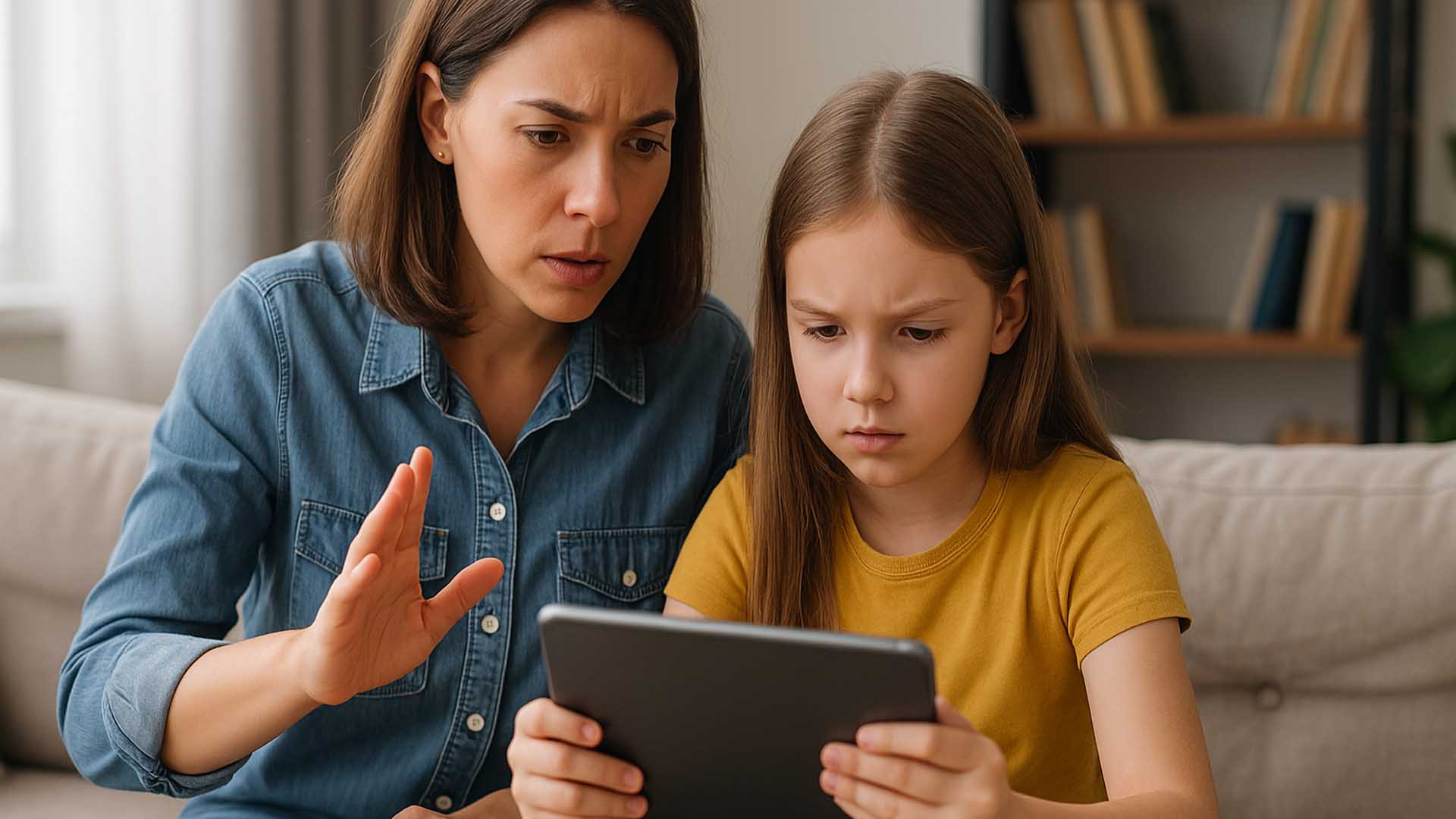In today’s rapidly evolving world, technology is an undeniable part of our children’s lives. From educational apps to online games, digital tools offer incredible opportunities for learning and connection. However, they also present unique challenges for parents. This guide will help you understand how to navigate the digital landscape, ensuring your children develop healthy tech habits and stay safe online. We’ll explore key strategies for responsible digital parenting, focusing on balance, communication, and education.
The Importance of Digital Literacy for Children
Understanding the Digital Landscape
Children today are digital natives, growing up surrounded by screens and online interactions. It’s crucial for them to understand how the digital world works, not just as consumers but as responsible participants. This includes understanding privacy settings, recognizing online risks, and developing critical thinking skills to evaluate information they encounter online. As parents, we play a vital role in guiding them through this complex environment [1].
Benefits of Technology in Education
Technology, when used appropriately, can be a powerful educational tool. Interactive apps can make learning fun, online resources can provide access to vast amounts of information, and digital platforms can foster collaboration and creativity. For example, many educational apps are designed to teach subjects like math, reading, and science in engaging ways, often adapting to a child’s individual learning pace [2].
Strategies for Responsible Digital Parenting
Setting Clear Boundaries and Expectations
Establishing clear rules and expectations around screen time and device usage is fundamental. This isn’t about restricting access entirely, but about creating a balanced approach. Consider developing a family media plan that outlines when, where, and for how long devices can be used. This plan should be a collaborative effort, involving children in the discussion to foster a sense of ownership and responsibility [3].
Fostering Open Communication about Online Experiences
Open and honest communication is perhaps the most important tool in digital parenting. Encourage your children to talk about their online experiences, both positive and negative. Create a safe space where they feel comfortable sharing if they encounter something unsettling or confusing online. Regularly check in with them about what they are doing and seeing on their devices [4].
Educating Children about Online Safety
Teaching children about online safety goes beyond simply telling them not to talk to strangers. It involves educating them about cyberbullying, phishing, privacy settings, and the permanence of online content. Resources like Google’s
Be Internet Awesome program [5] and NetSmartz [6] offer age-appropriate materials to help teach these crucial lessons.
Utilizing Parental Control Tools and Software
While communication and education are paramount, parental control tools can provide an additional layer of safety. These tools can help filter inappropriate content, manage screen time, and track online activity. However, it’s important to remember that these tools are not a substitute for active parenting and open dialogue. They should be used as a supportive measure, not as the sole means of protection [7].
Q&A: Digital Age Parenting
Q1: How much screen time is appropriate for my child?
A1: The American Academy of Pediatrics (AAP) provides age-based recommendations for screen time. For children aged 2-5, they suggest limiting screen use to 1 hour per day of high-quality programming. For older children, they recommend placing consistent limits on screen time and ensuring it doesn’t interfere with sleep, physical activity, and other healthy behaviors [8]. However, the quality of content and how it’s used is often more important than the quantity of time.
Q2: What should I do if my child is being cyberbullied?
A2: If your child is experiencing cyberbullying, it’s crucial to act quickly and supportively. First, assure your child that it’s not their fault and that you will help them. Document the bullying (screenshots, messages). Block the bully and report the behavior to the platform or service where it’s occurring. In severe cases, you may need to involve school authorities or law enforcement [9].
Q3: How can I encourage my child to have a balanced relationship with technology?
A3: Encourage a variety of activities, both online and offline. Model healthy tech habits yourself. Create tech-free zones or times in your home, such as during meals or before bedtime. Engage in shared media experiences with your child, discussing what you’re watching or playing together. Emphasize the importance of outdoor play, reading, and face-to-face interactions [10].
Sources
- Healthychildren.org – Kids & Tech: 12 Tips for Parents in the Digital Age
- Landmarks for Families – Parenting in the Digital Age: A Guide to Healthy Youth Development
- Nina Bradley Clarke – Parenting in the Digital Age
- Unicef – Digital parenting
- Be Internet Awesome – A Program to Teach Kids Online Safety
- NetSmartz Home – MissingKids.org
- Bark – Digital Parenting 101: A Guide to Raising Kids in the Digital Age
- American Academy of Pediatrics – Media and Young Minds
- StopBullying.gov – What is Cyberbullying
- Children and Screens – Parenting in the Digital Age: Summary and Recommendations








0 Comments